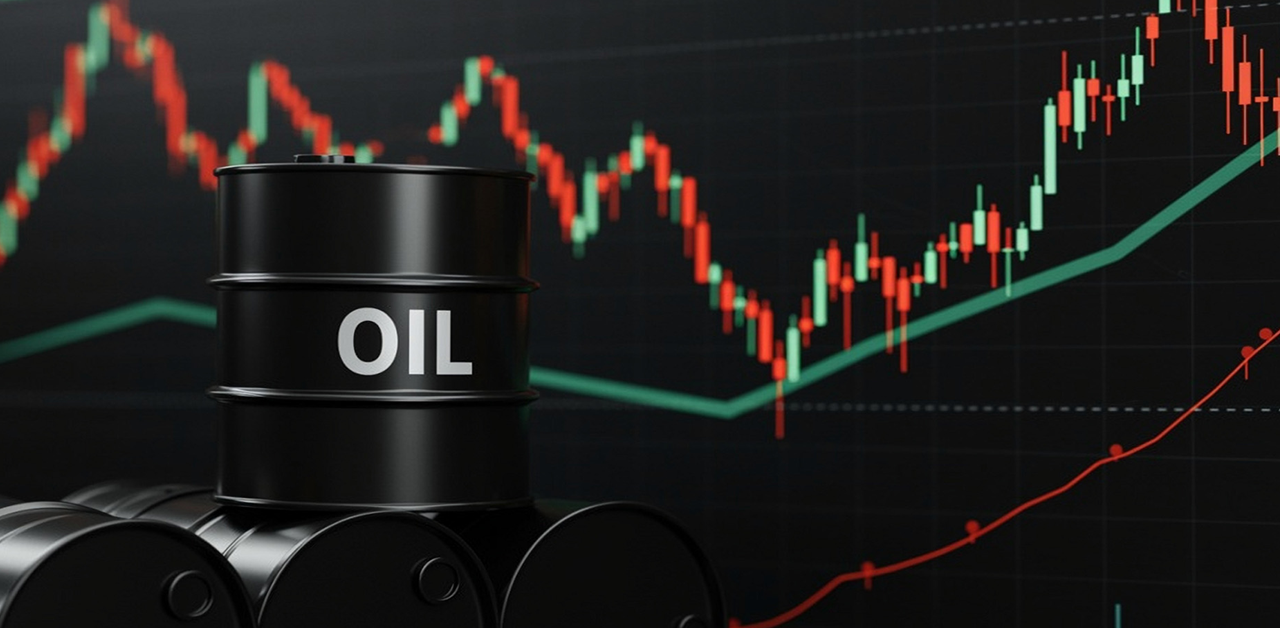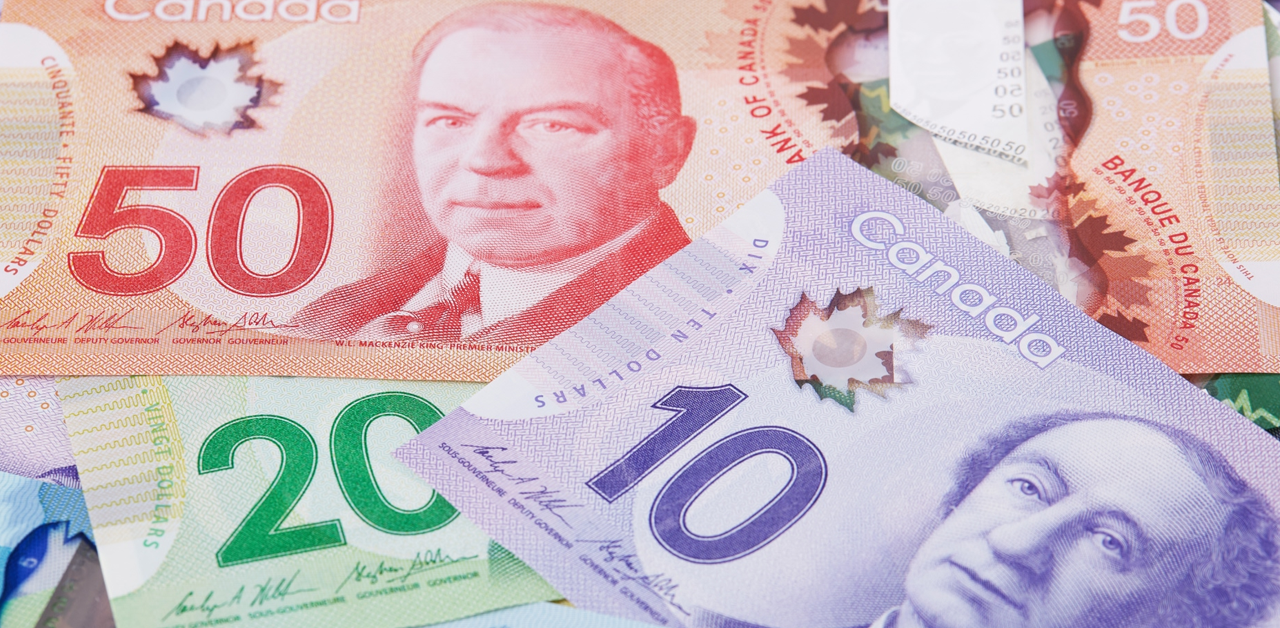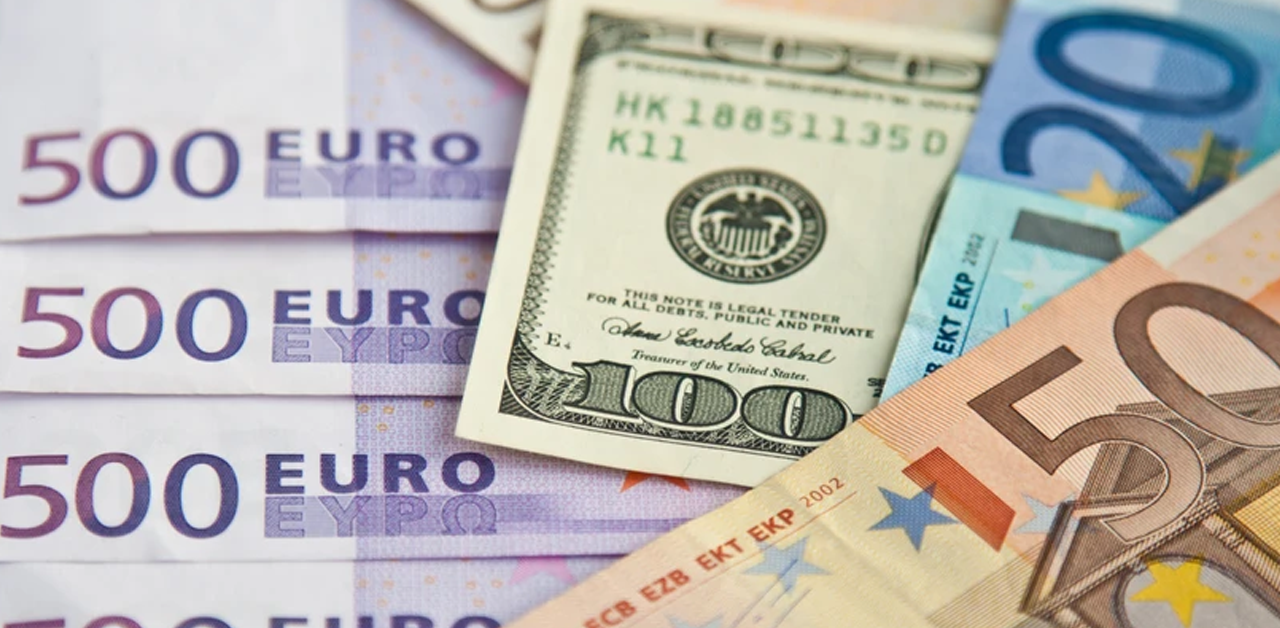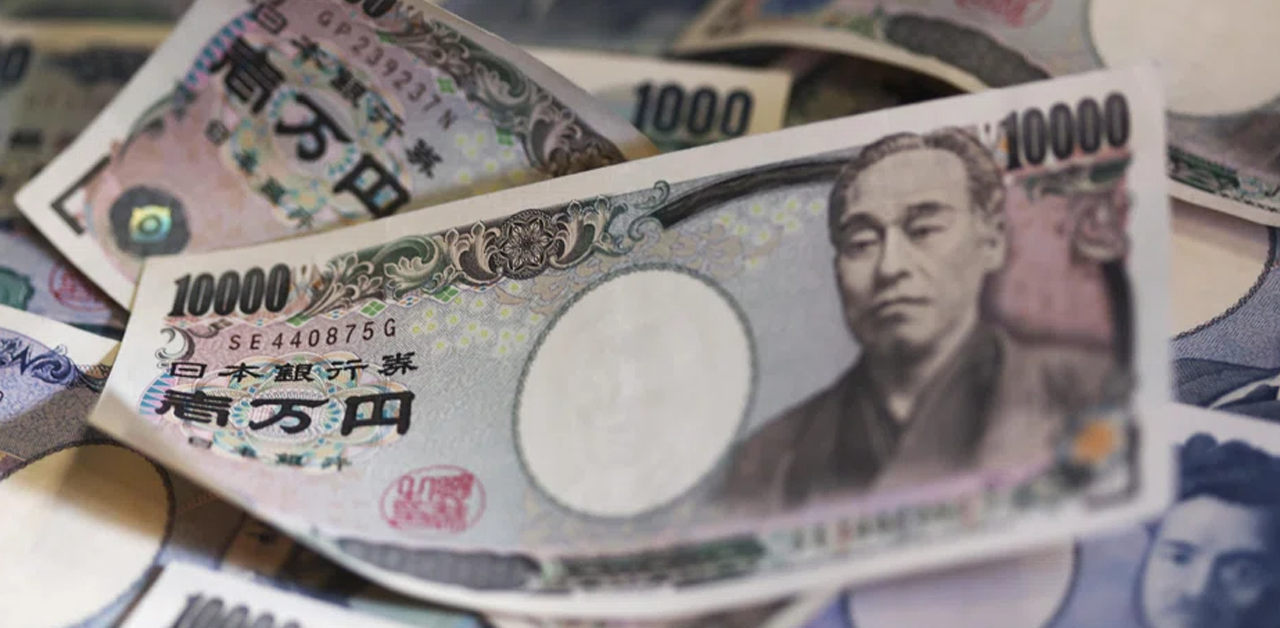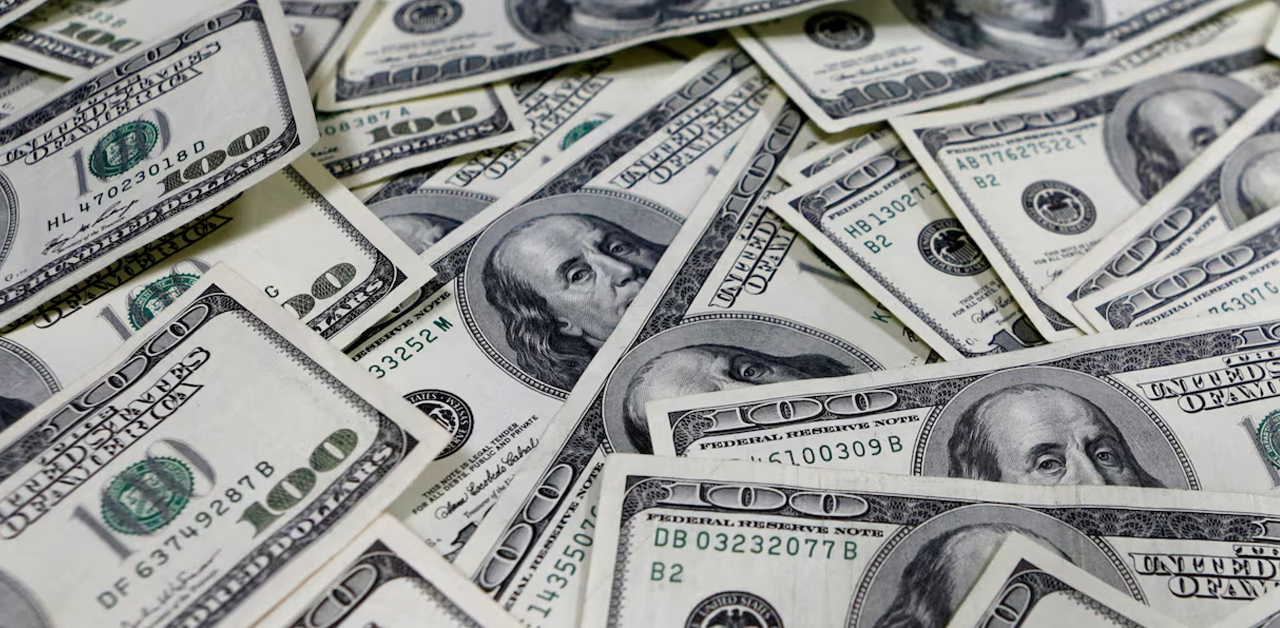Tokyo Inflation Rises, Aligning BOJ with Potential Rate Hike
Inflation in Tokyo saw a notable uptick in May, with consumer prices excluding fresh food climbing by 1.9%, according to data from the Ministry of Internal Affairs. This increase, which aligns with economists’ predictions, was primarily fueled by higher utility costs due to renewable energy surcharges.
These inflation figures from Tokyo often predict national trends, suggesting that a similar rise could be expected in the upcoming nationwide inflation data. Despite this increase, Tokyo’s inflation rate remains below the national average, largely due to educational subsidies provided by the local government.
Economists are closely monitoring the potential impacts of the upcoming tax cuts in June and the cessation of government utility subsidies on consumer prices and spending habits. Although some analysts foresee a possible early rate hike by the Bank of Japan (BOJ) due to the depreciating yen, others, like Mari Iwashita from Daiwa Securities, anticipate such a move might not occur until October.
Additional data released indicated a mixed economic scenario. Industrial output in April was below expectations, and while the jobless rate stabilized at 2.6%, the job vacancy-to-seeker ratio slightly declined. Nonetheless, the labor market remains tight, potentially leading to higher wages and, subsequently, higher prices.
The BOJ’s approach to interest rates is garnering attention following the end of its negative interest rate policy in March. Solid growth in prices might encourage the BOJ to initiate another rate hike this year if a healthy cycle of rising wages and prices appears to be taking shape. BOJ Governor Kazuo Ueda has hinted at the possibility of gradual rate increases, moving away from the long-standing zero inflation mindset.
On the inflation details, a deeper look at the data reveals a slight slowdown in core inflation, which excludes fresh food and energy, to 1.7%. Service prices also saw a modest rise, impacted by ongoing educational subsidies.
Retail sales data showed a positive trend with a 1.2% increase in April, outperforming expectations. However, factory output dipped slightly by 0.1%, missing the projected 1.5% growth. These figures suggest an uneven recovery pace in Japan’s economy, which continues to face challenges despite some positive signs.
Inflationary pressures are expected to intensify with the phasing out of energy subsidies and a significant increase in renewable energy surcharges, potentially driving the inflation rate towards 3% over the summer. Additionally, the weakening yen, which recently hit a 34-year low against the dollar, poses further risks by increasing import costs. This scenario is compounded by the likelihood of businesses passing on rising labor costs to consumers, reflecting significant pay gains achieved in recent wage negotiations, marking the most substantial increases in nearly three decades.

